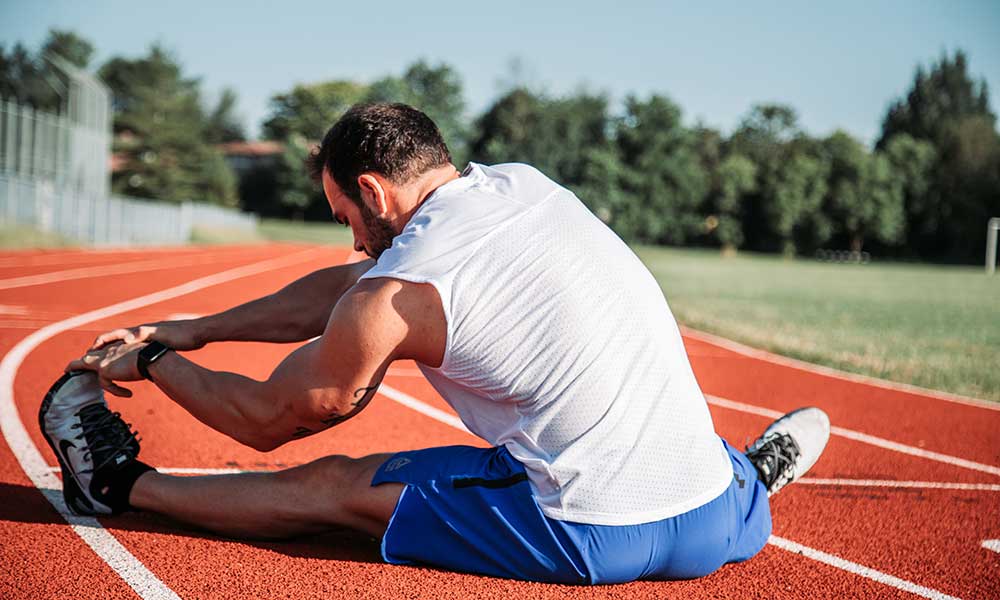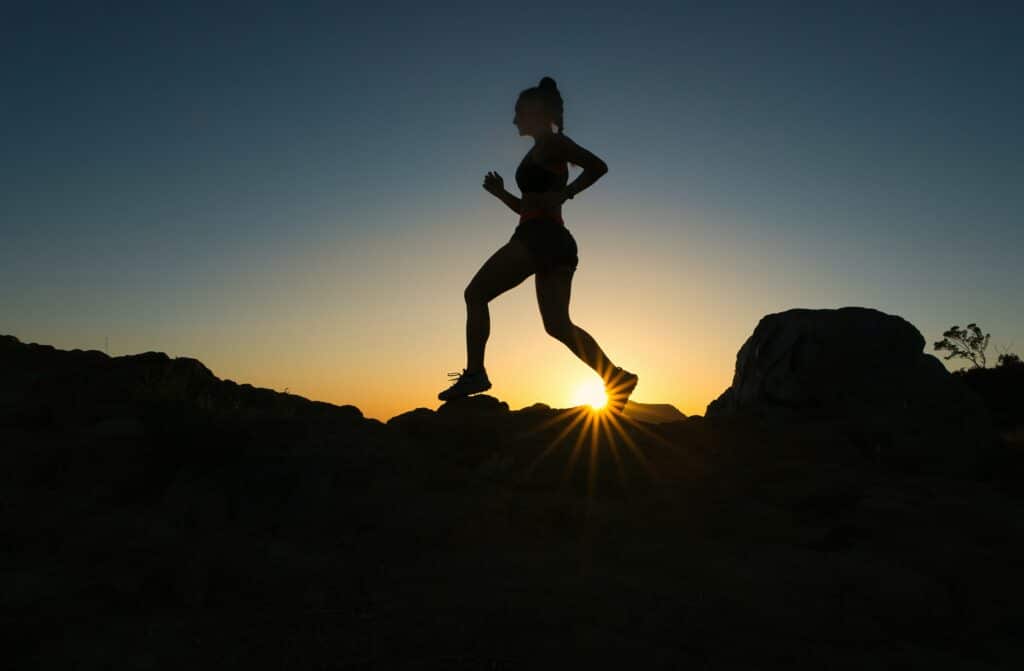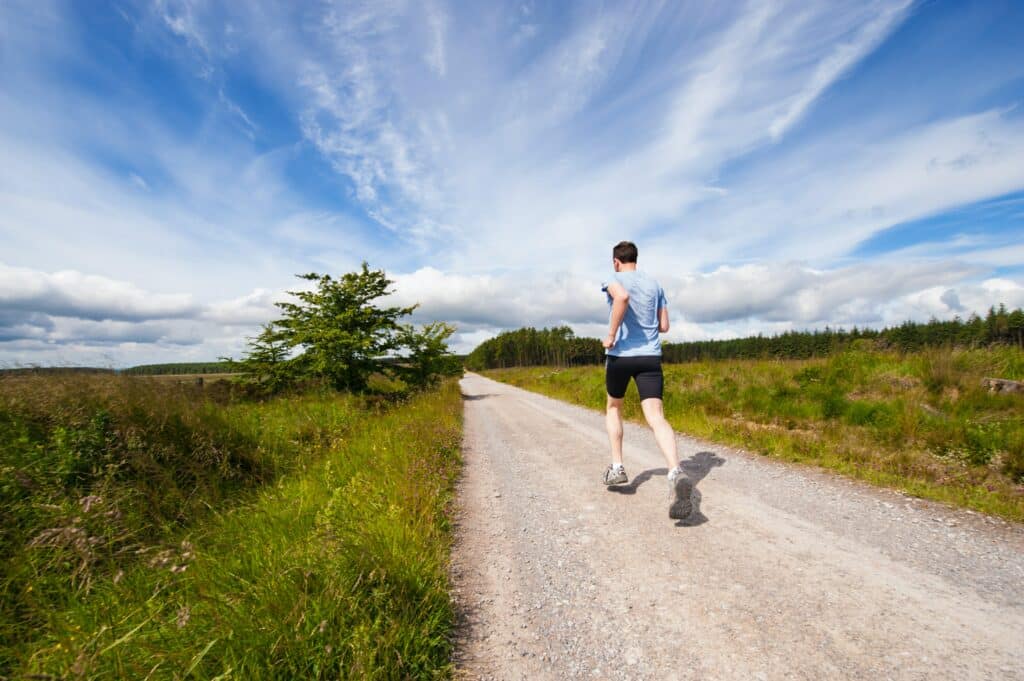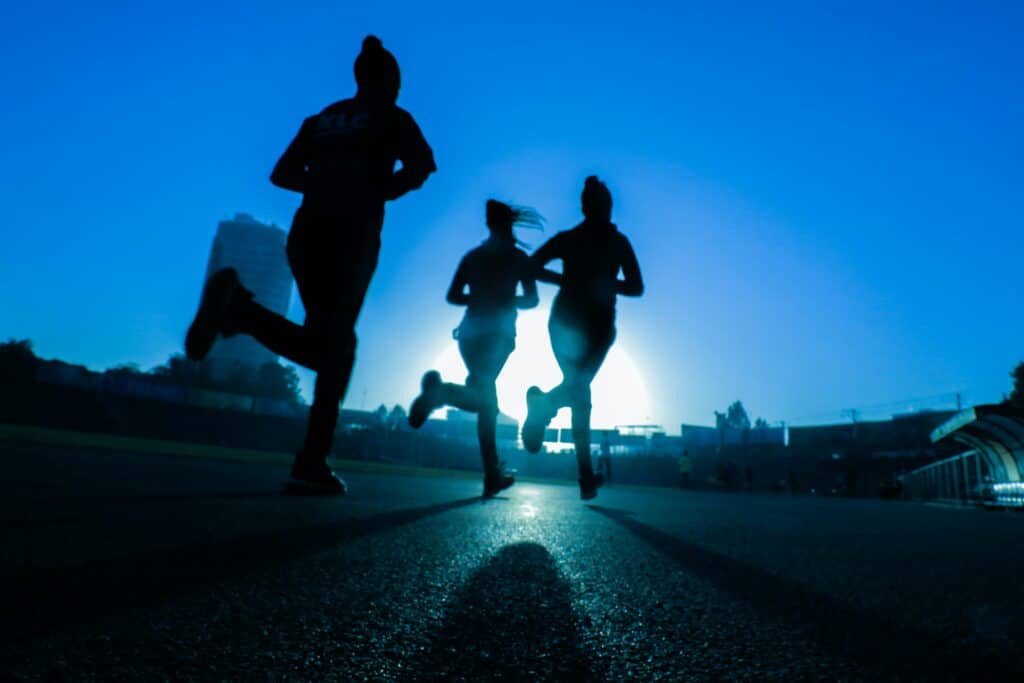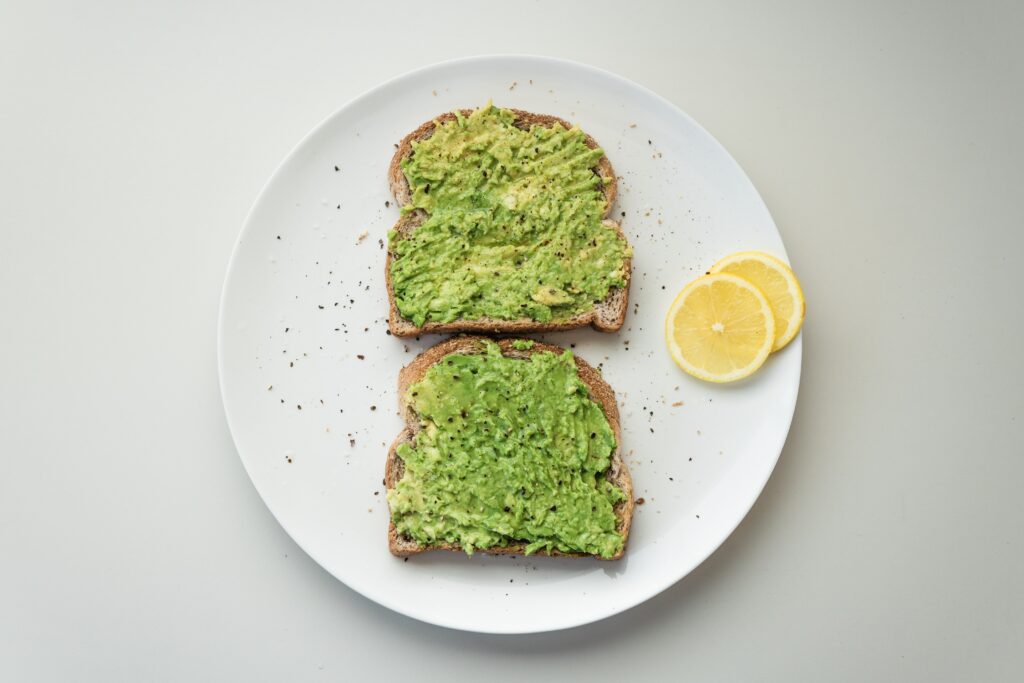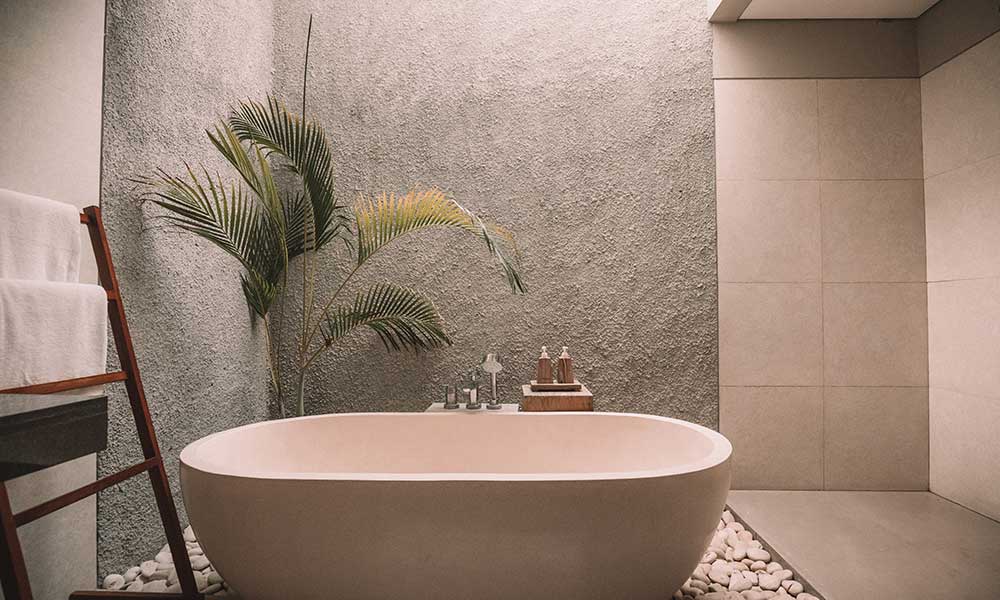Your butt is at the center of everything you do, supporting when you sit and propelling your forward when you run or walk. Because of this, the muscles in your butt, also known as the glutes, are prone to tightness and injury if not treated correctly.
If you’ve ever experienced a literal ‘pain in the butt,’ you will know that it can bring you to a standstill, preventing you from running or doing any other physical activity and can even affect sitting or lying down comfortably.
What are the butt muscles?
The group of muscles that makes up the butt muscles are referred to as the glutes. Within the glutes, there are three muscles—Gluteus maximus, Gluteus medius, and Gluteus minimus.
These three muscles are responsible for your hip extension as your run propels you forward as well as providing stability through your pelvis, thus keeping you standing upright. Stronger glutes mean that you can accelerate faster as you run.
Sometimes pain will manifest in one spot but actually originate in another. You may be feeling pain in your calf muscles, but the issue is tightness in your lower back, which is incredibly common for runners. These stretches will help with this whole system of leg and core muscles leaving you more able to run your best.
Stretching out your glutes involves your core, hips, and leg muscles down to your ankles and is absolutely critical to your success and health as a runner. Some good stretches for your butt muscles—including hips, pelvis, and core—are glute bridges, stacked leg glute stretches, standing and lying figure four-stretch, and pigeon pose.
You should stretch at least 3 times a week, and for runners, they should work these stretches into their normal stretching routines. Keeping your glutes in great shape will help you to run with less likelihood of an injury which could set you back weeks or even months.
Great stretches for butt muscles for runners
Let’s take a closer look at each stretch. If you need additional help, type the name of the stretch into an internet search to find video tutorials you can follow along to. Aim to do each stretch 5 times for each leg trying to go a little farther each time.
Glute Bridges
Glute bridges are essentially a hip extension performed as you lay on the floor. This is a great way to warm up for your stretching or work out as it warms up your butt muscles, hips, and core.
To perform a glute bridge, lay on the floor faceup with your knees bent, feet flat and hands flat on the floor to your sides. In a controlled manner, push your pelvis upwards creating a flat bridge between your knees and your core.
Stacked leg glute stretches
This is a deep stretch that can be hard to get into, especially for very active runners. It is great for opening up your hips and glutes reaching all the way down to your ankles.
Imagine sitting cross-legged on the floor (with your legs folded in front of you like you did when you were a kid). Stack one leg on top of the other, meaning your right foot should be on top of your left knee and then vice versa. You will probably have to assist your leg into position. Once you get your leg in place, lean forward over your legs with your hands resting on your knee and ankle. Try to go a little further into the stretch with each lean. Aim to hold the pose for at least 20 seconds. Remember to switch sides and stretch each leg evenly.
Standing figure-four stretch
This stretch will not only help your butt muscles, you’ll also be standing on one leg which will help to improve your balance and stability.
Bend your knees gently, then standing on your left leg, place your right ankle on your knee (making a sort of triangle with your right leg). Keeping your spine straight, bend over with your right hand on your bent right knee and your left hand on your right angle. Hold the pose for at least 20 seconds then repeat, trying to go a little farther each time. Then switch sides to stretch the other leg. It can be helpful to do this stretch next to a wall or chair in case you need help with your balance.
Lying figure-four stretch
This is very similar to the previous stretch but targets your gluteus maximus more specifically, as well as the hip flexors.
Lay flat on the ground with your knees bent at a right angle and your feet in the air. Place your right ankle in front of your left knee then with your hands on the back of your left leg, pull the leg toward you and hold for at least 20 seconds. When you finish with one leg, switch to the other.
Pigeon pose
This stretch will stretch all of your glute muscles and open your hips. It may be one of the most important for running successfully.
Starting in a downward-dog pose, fold a leg in front of you, leaving your lower leg perpendicular below you. Your other leg should still be extended straight out behind you. Lower your body so the back leg is flat on the floor then lean your body over the bent leg in front of you, keeping your hips square and your spine straight. Hold the stretch, inhaling and exhaling evenly, and try to get deeper into the stretch.
Why should I stretch my butt muscles?
Your glutes are at the core of every movement you make. Running frequently can provoke tightness in the glutes as the muscles are recovering and become stronger.
For those of us stuck behind a desk for many hours a day, tightness can also occur in your glutes from sitting too much as it puts extra stress on your core and back.
When your butt muscles start to hurt, life can become very uncomfortable and this pain can actually lead to more painful conditions like sciatica.
For runners especially, the stretching keeps you on track with your training goals so you can continue to be active. But stretching the glutes is a helpful activity for everyone, athletic or not. It will help your body in normal day-to-day activities and flexibility gives you more freedom to enjoy life in the way you want to.
If you’ve done a big workout, it’s possible that you will still feel pain and soreness even after stretching. This will feel like muscle pain that you’re probably familiar with already.
However, if you are feeling pain in your butt and it is causing you discomfort or making life more difficult, it could be an indicator of another type of injury like sciatica, a pulled or strained muscle, or piriformis syndrome, to name a few. We recommend reaching out to your medical professional if this is the case to get a proper diagnosis so you can make sure you get the proper treatment.
Closing thoughts
Stretching your butt muscles is an incredible way to keep your body moving effectively, whether you are an avid runner or not. For runners, though, it can be the difference between successful training and injury. So, work these stretches into your routine and continue to get stronger, faster, and healthier. Happy running!

